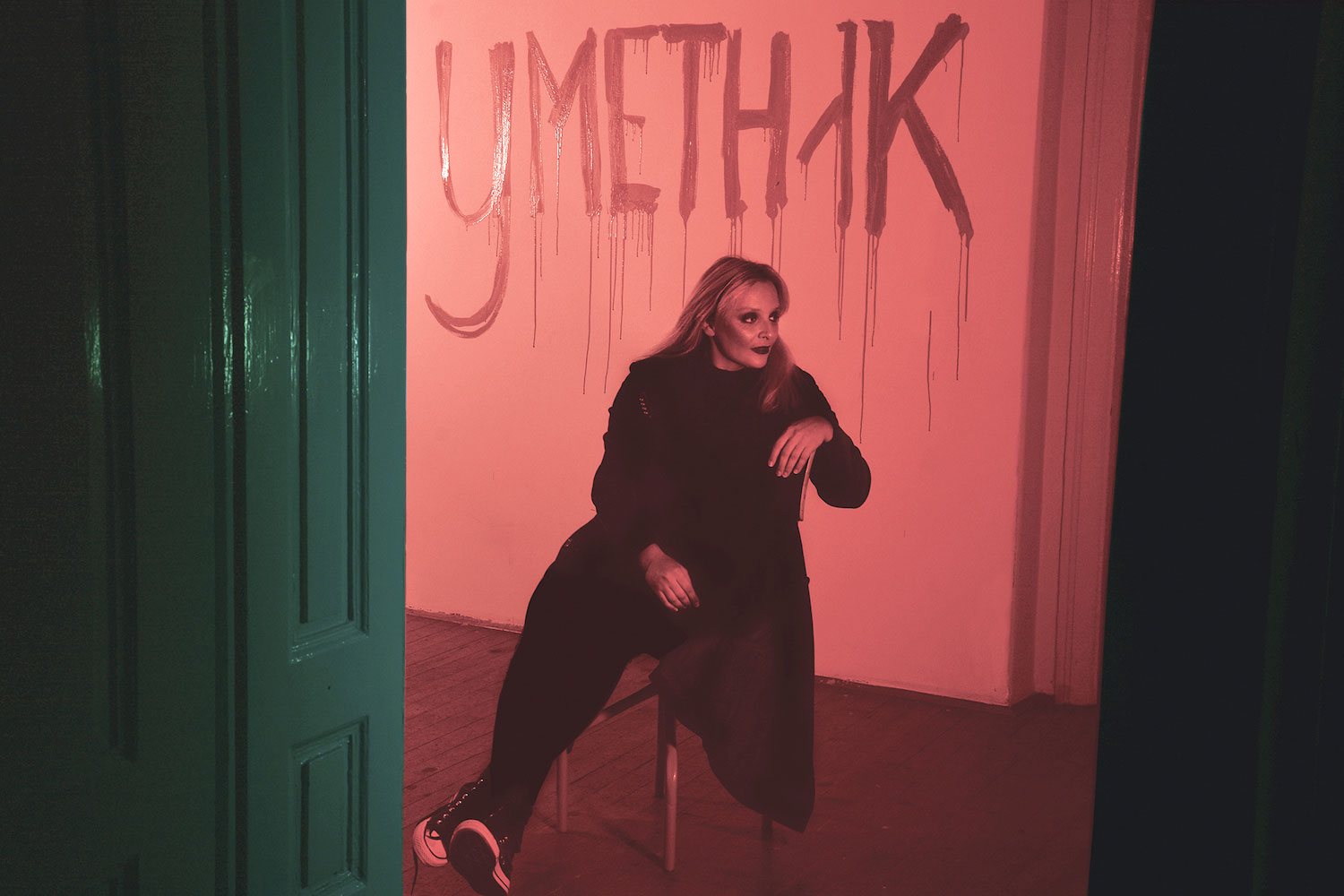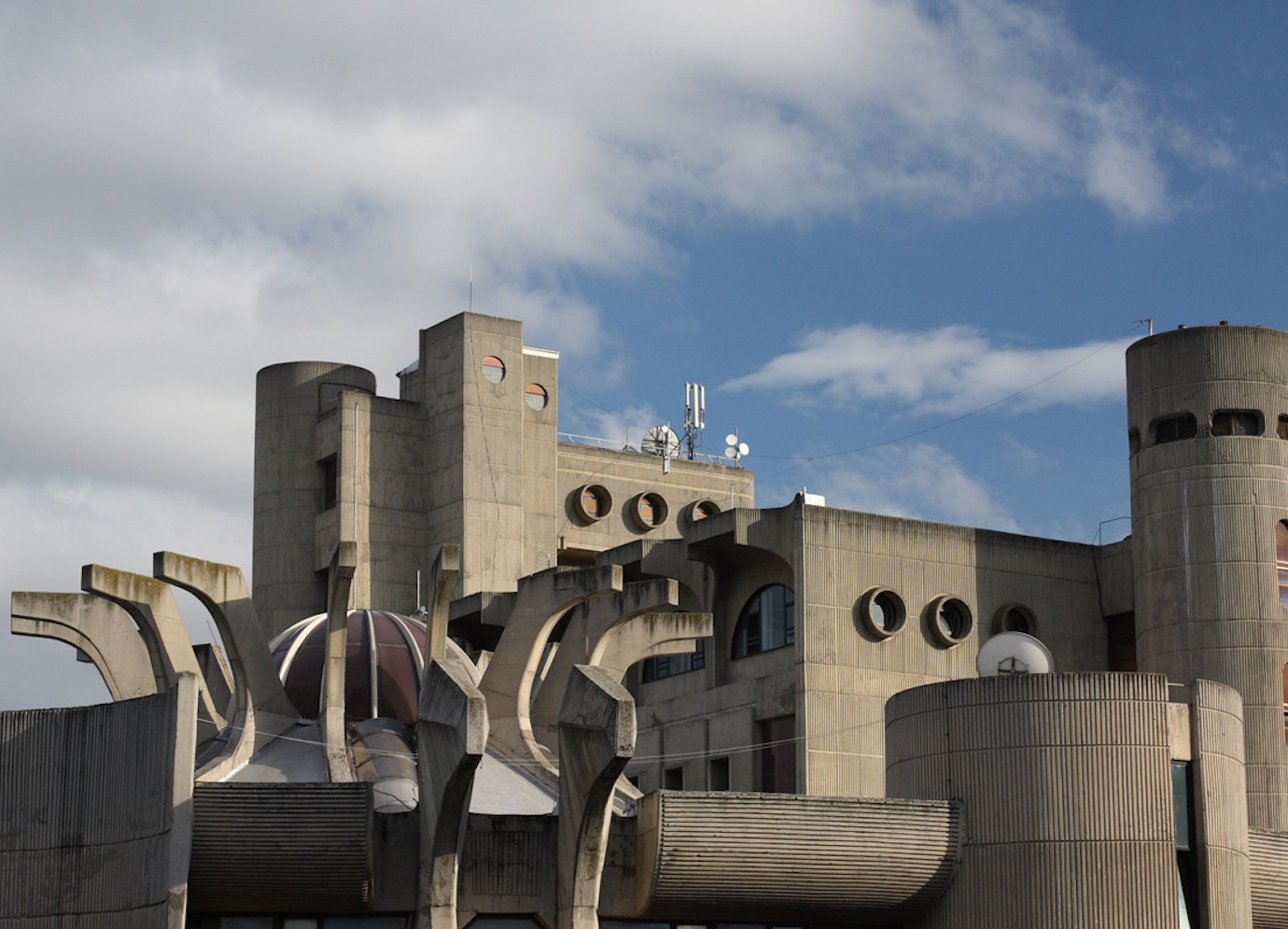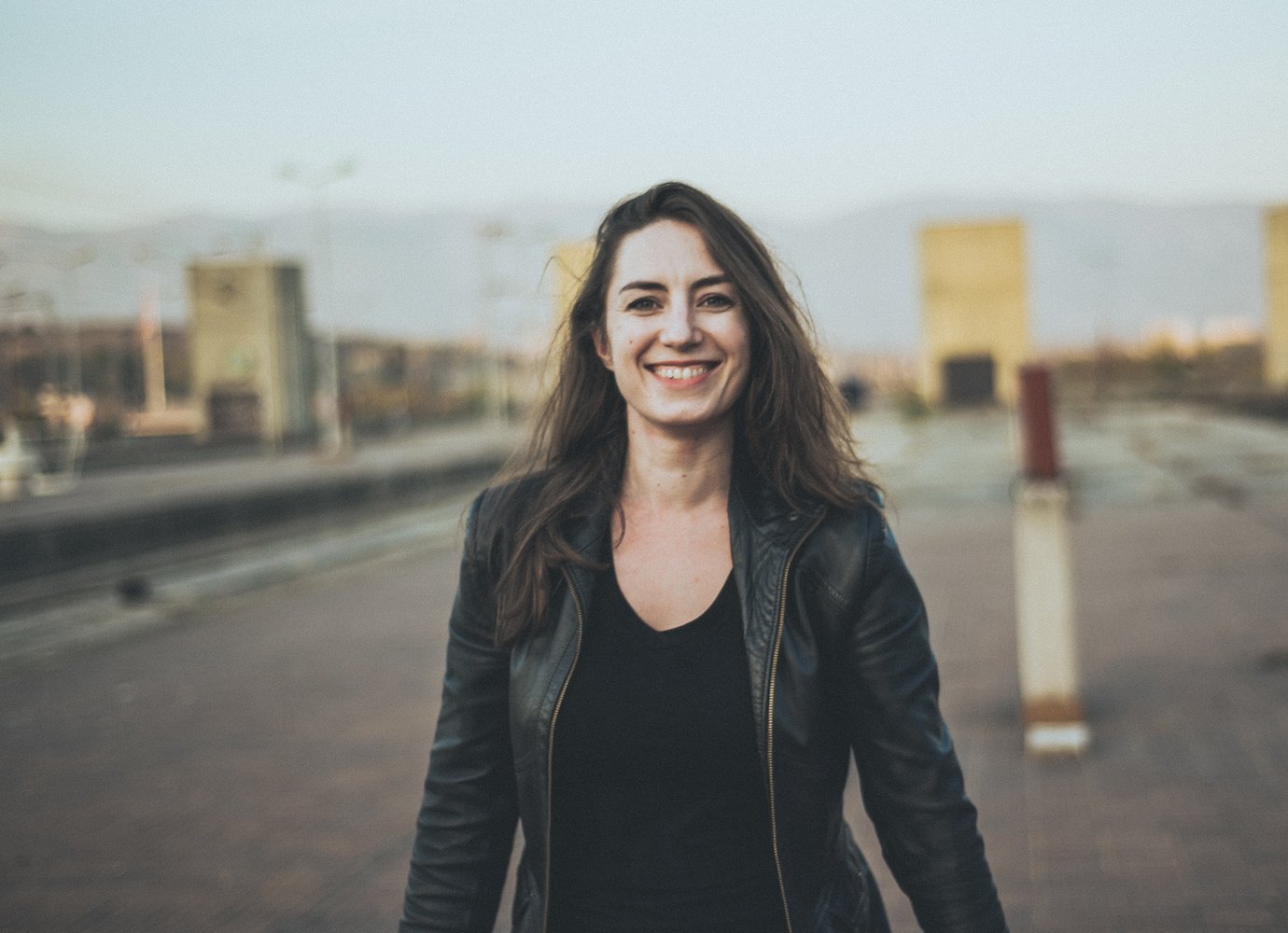Behind Skopje’s Gen Z revival
North Macedonia celebrated 30 years of independence on 8 September 2021. But the Macedonian cultural scene has been neglected for as long as the country has been independent.
Most of the country’s attention remains on political infighting, as officials seek to shift blame for ordinary Macedonians’ ongoing financial hardships. In this kind of political and economic atmosphere, many would argue that culture has little chance of prosperity.
But after decades of creativity being put in last place, the future of the Macedonian art scene is being reclaimed by Gen Z. What could’ve been described as “boring”, “repetitive”, or “politicised” not so long ago is becoming fresh, revolutionary, and dynamic. Just a few years back, Macedonian radio stations were occupied by the same handful of artists with almost identical tracks and easy-to-sing lyrics. Now, young bands are breaking through with music woven with their own subtle protest: inventive pop and hip-hop beats that are breathing fresh air into the Macedonian music scene.
This cultural revival is most visible in the Macedonian capital, Skopje. Here, young artists are angrier than ever: dissatisfied with a lack of opportunities, financial support, and cultural spaces, as well as the catastrophic management of the Covid-19 crisis. But this discontent has also inspired artists to be more active, more productive, and more inspired to keep doing what they do despite the circumstances. Their revolt has led the country to build its most vibrant art in the last three decades.
The Calvert Journal spoke to six of Skopje’s young cultural forces on reforging old formats, the power of community, and presenting the city as it truly is.
Sofi Lazovska and Angela Stojkovska from Frozen Time Drops. Image: Antonio Stankovski
Frozen Time Drops
Photographers and Videographers
Photographic duo Sofi Lazovska and Angela Stojkovska are, in their own words, “sidekicks for everything in life”. Skopje is the canvas for much of their work, which spans from documenting events to filming videos for local musicians. Frozen Time Drops also photograph Skopje disco parties, where each night tells a different story — sometimes unpredictable, but always inspiring. “Skopje can be alive and beautiful, but it can also make you want to move as far away as possible,” they say. “[As artists] no one takes you seriously nor appreciates your effort.” However, they don’t blame ordinary Macedonians for their indifference towards culture: “The average person is thinking of how to make ends meet. Appreciating local art is the last thing on their mind.”
Nonetheless, Frozen Time Drops are keen to push their work forward, constantly reinventing their camera work. They incorporate handmade drawings, paintings and handwriting as crucial segments of their photography and videos. “If the older generation continues being lazy and selfish, young capable people will grow up to be capable adults, but in a different country,” the pair say. “Our generation wants a culture which is free of the toxicity of politics. We have much to offer, but not to older ‘professionals’ looking to take advantage of young and talented artists.”
Iva Damjanovski
Iva Damjanovski
Poet, vocalist, pianist
Iva Damjanovski is a poet and a musician, but it wasn’t love for literature or music that first encouraged her to make art. For Damjanovski, creativity is a game. “In order for art to be serious, it must be playful first,” she claims. “It’s impossible for an environment to be uninspiring. Each world I imagine seems interesting.” Damjanovski sees her creativity spark in her unusual places, everyday or mundane surroundings which encourage the need for creative expression. As a result, her art is a tribute to syncretism, or melding and assimilating different beliefs and various schools of thought.
Her latest project, “As We Danced We Gave Substance to Shadows” is a solo recital designed to rethink what a classical musical performance should be. It displays videos alongside each composition, created using an algorithm. The images consist of snapshots taken from space, as well as images of microscopic organisms and the molecules of organic compounds.
Even though being a creative is far from easy — mostly due to a lack of funding — Damjanovski still thinks that being a young artist in Skopje is a beautiful thing. “A city which has been through so much and symbolises solidarity (an identity given to the city in 1963 when it was destroyed by an earthquake and resurrected by an international relief effort) deserves respect.” And while it takes a lot of work to keep Skopje’s cultural scene growing, it’s a fight that Damjanovski is happy to take into her own hands: “The youth of today is not afraid of responsibility.”
Anika Chorbeska. Image: Antonio Stanovski
Anika Chorbeska
TV editor at Skala Magazine, photographer, dancer, producer
Anika Chorbeska has been a part of Skopje’s cultural scene for years: first as a dancer, then as a photographer and visual artist. Her collaboration with Skala, the country’s first student platform for design and contemporary art, came naturally. There, she’s doing what she’s always wanted to do: create and spread art.
Chorbeska calls Skala “the voice of [Skopje’s] new scene”. As the editor in charge of their video production office, she’s currently working on a section of the platform called “Dialogue Sessions”, focused on amplifying the voices of young local creatives. She was inspired to follow this path after realising that as an artist herself, she had never felt truly represented. She doesn’t want the same to happen to other young creators.
“It’s inspiring to be a young artist in Skopje, but disappointment comes all too frequently,” she says. While young people are interested in art, that desire is often killed off by local institutions. Available cultural spaces are almost never used for the promotion of art but are rather left to the mercy of time and carelessness of authorities and art schools don’t offer the correct equipment or the right conditions for creativity. Local authorities, she says, are looking for profit, not art. Still, the young don’t back down. “We are the ones trying to make Skopje a little brighter, a little redder,” Chorbeska says. “There is hope.”
Borjan Stojkov.
Borjan Stojkov
Director
Borjan Stojkov has always been in love with everything: literature, basketball, music, dinosaurs, guitars, robots, comics. That breadth of interest drew him to directing, where he could oversee projects in all of their depth and variety.
But Stojkov doesn’t feel the need to promote Skopje, as many other young artists from the area feel in order to repay an invisible debt to the city they live in: “That’s not something for artists to do. Artists should deal with the truth… In my films, Skopje will be presented as it is,” he says. Stojkov’s latest film, Echo of an Echo of my City draws on another movie, Echo of my City, directed by Branko Mihajlovski. The short film shows scenes and buildings that once stood in the city before the devastating 1963 earthquake. In his movie, Stojkov used Mihajlovski’s footage and placed it alongside film of Skopje today, providing back-to-back analysis. “Skopje used to be better. In the 60s, it looked like a contemporary European city,” Stojkov says. “With today’s corruption, pollution and people increasingly purchasing one-way tickets [out of here], it doesn’t.”
“Sometimes the best art is born out of conditions that are the hardest to overcome”
To a certain extent, Stojkov has distanced himself from Skopje’s art establishments, disillusioned with the dependence it breeds. Skopje is chaotic and dysfunctional, yet there’s still a unique codependency between the capital and its citizens: “If Skopje was a film, it would end like Annie Hall,” Stojkov says. “‘Doc, my brother’s crazy, he thinks he’s a chicken.’ And the doctor says: ‘Then why don’t you turn him in?’ The guy says: ‘I would, but I need the eggs.’”
Stojkov worries about “art and culture becoming an industry, a machinery dictated by money and personal interest”. But he doesn’t believe that the bad financial circumstances ubiquitous in Macedonian cultural circles should lead to bad, repetitive, and stagnant culture: “Sometimes the best art is born out of conditions that are the hardest to overcome.”
Matej Foltz
Matej Foltz
Musician, graphic designer
“This is a tumour in youth, this is strength and weakness, this is a struggle for supremacy, this is me and this is you, this is the fall,” raps Matej Foltz in the video for his song “Genocide”. Filmed in 2016, during the country’s “Colourful Revolution” the clip shows Foltz standing in front of Skopje’s Triumphal Arch, which has been painted over by anti-government protesters.
The arc has since been cleaned, and many of the issues that drove demonstrators to the street still persist: corruption, petty political squabbles. Foltz, meanwhile, has continued to focus on his own work. He became actively involved in music at the age of 16, and caught the public’s ear with lyrics that tackled the issues faced by the city’s youth: the apathy bred by an inescapable sense of stagnation, economic instability, and a growing desire to break free of social uniformity.
Foltz attributes his success to his friends and his now regular collaborators, ZeeBomb, a musical duo who also make similar (t)rap music. “In an atmosphere where there is not much support from outside, we must stick with each other,” he says. But the rapper is keen to stress that Skopje’s cultural scene isn’t as bad as it’s often painted. “There are available spaces for performances, but we need more materials, equipment, and the push to be experimental with what we do,” he says. “Skopje’s Gen Z has the power to do what generations before couldn’t do: be brave. If we manage to do that, things will move forward.”


